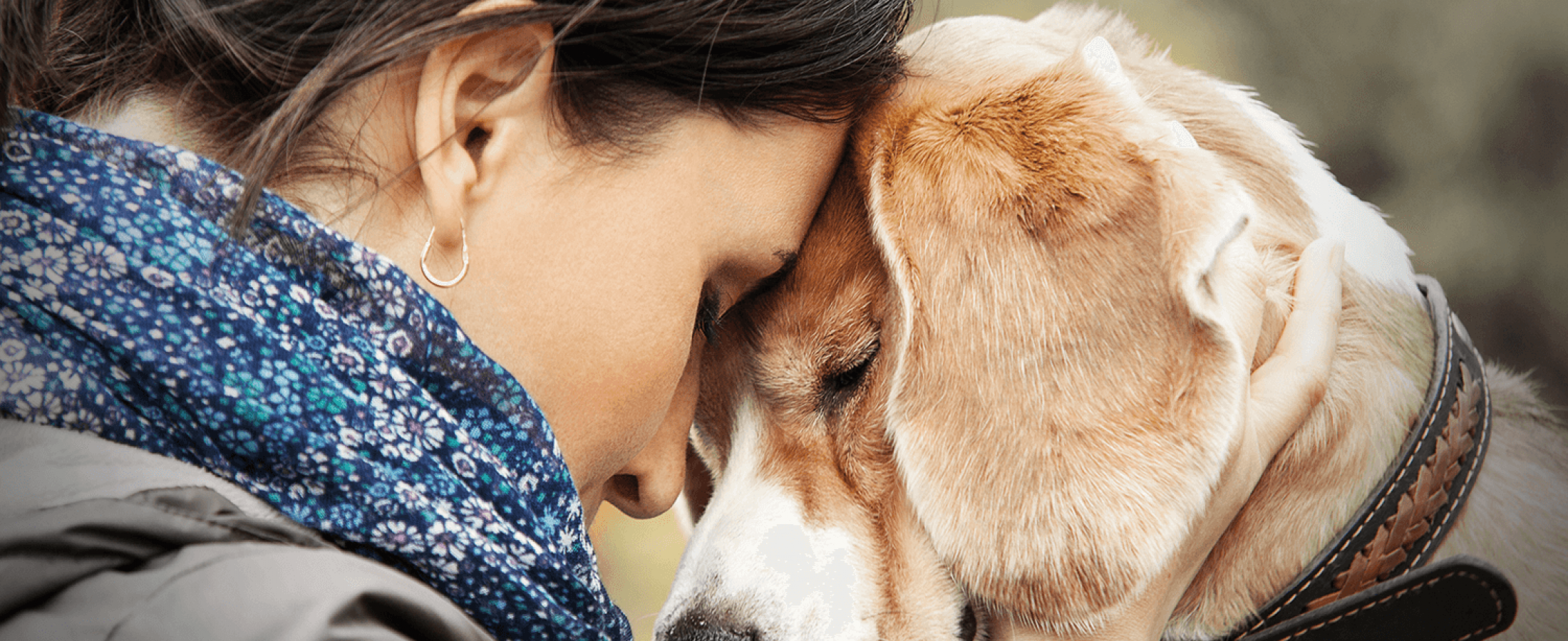
Thinking about getting your first pet?
According to the American Pet Products Association survey, 90.5 million households or 70 percent in the U.S. own a pet. That translates to an estimated $103.6 billion spent on food, supplies, medical care and pet services in 2020. Even though the love and companionship our pets provide is memorable, pet owners can’t ignore the effect it has on their wallets.
Look at your budget
Before you consider getting a pet, budgeting is a big part of pet care, meaning you need to take a good look at your finances. You must be able to provide for your pet’s regular needs and the ability to respond to emergencies. Start by researching pet expenses. It will provide you with rough estimates for expenses such as adoption fees, food, medicine, and supplies.
Adopting vs. buying
If you decide to get a dog from a breeder, the prices vary depending on the breed, size, and location of purchase.
If you decide to adopt, keep in mind that the shelters often cover the bill for the vaccinations, spay or neuter, microchipping and more. Some may even include perks such as food or a toy. Check with your local humane society or adoption group for details.
Licensing fees
If you decide to get a pet, you must pay a dog license fee. In New York state, all dogs over the age of four months are required to be licensed. To apply, owners must provide proof of current rabies vaccination from a licensed veterinarian.
According to the New York state legislation, licenses are issued for a year and are required to be renewed. The fee for a non-spayed or non-neutered dog may be higher than one who is spayed or neutered. Check with your local municipality for complete regulations on annual fees and how to apply for your dog or cat.
Pet insurance
Pet insurance is essentially health insurance for your pets. You pay monthly premiums just like you would for your personal health insurance. Though pet insurance can help reduce the cost of vet visits, its main usage is for medical emergencies.
There may be an upper limit on your pet insurance’s yearly coverage amount depending on the provider. If so, it’s recommended to save your coverage for when you absolutely need it for your pet instead of using it to reduce veterinary care costs. It is best to insure your pet when you first adopt or buy, since it is unlikely there will be any pre-existing conditions that could increase insurance costs or make your pet ineligible.
Factors in deciding the costs include where you live, your pet’s age and breed. Some breeds with higher risk factors such as English Bulldogs and Abyssinian cats are more costly to insure than other breeds.
Check with your insurance company to see if they offer pet insurance. If they do, make sure to see what is covered for your pet and the monthly costs.
Food and treats
Depending on how much your pet eats and how often you replace it, food costs can vary from month to month. Variables to consider are wet, dry or raw food, as well as quality and size of the pet.
Toys and other supplies
Toys help keep up your pet’s mental stimulation and exercise. The cost could increase to several hundred dollars depending on how many toys your pet destroys.
Grooming
Grooming is important for your pet. It keeps them clean, comfortable and prevents potential health problems. Groomer prices can vary. This includes nail trimmings, bathing, grooming or brushing coats, and toothbrushing.
Medical
You need to take medical care into consideration for your pet. Dogs and cats need vaccinations, flea treatments, heartworm medication, ear and dental care, and in some case, spaying and neutering.
You also should remember that some breeds are prone to medical problems, ranging from respiratory issues and hip dysplasia. Costs can vary depending on the breed.
Pet subscription boxes
If you really love your pet, you may invest in a monthly pet subscription box filled with treats, toys, accessories and more. These subscriptions are available for cats and dogs.
The subscription costs will vary depending on the types of products you want.
Miscellaneous purchases
There may be other purchases for your pet that you might not know about.
For a dog, you may consider:
- Microchipping
- Installing a fence
- Dog training
- Dog walking service
- Pet sitting
- Kennel boarding
For a cat, you may consider:
- Boarding
- Cat sitting
The information in this article was obtained from various sources not associated with Adirondack Bank. While we believe it to be reliable and accurate, we do not warrant the accuracy or reliability of the information. Adirondack Bank is not responsible for, and does not endorse or approve, either implicitly or explicitly, the information provided or the content of any third-party sites that might be hyperlinked from this page. The information is not intended to replace manuals, instructions or information provided by a manufacturer or the advice of a qualified professional, or to affect coverage under any applicable insurance policy. These suggestions are not a complete list of every loss control measure. Adirondack Bank makes no guarantees of results from use of this information.

